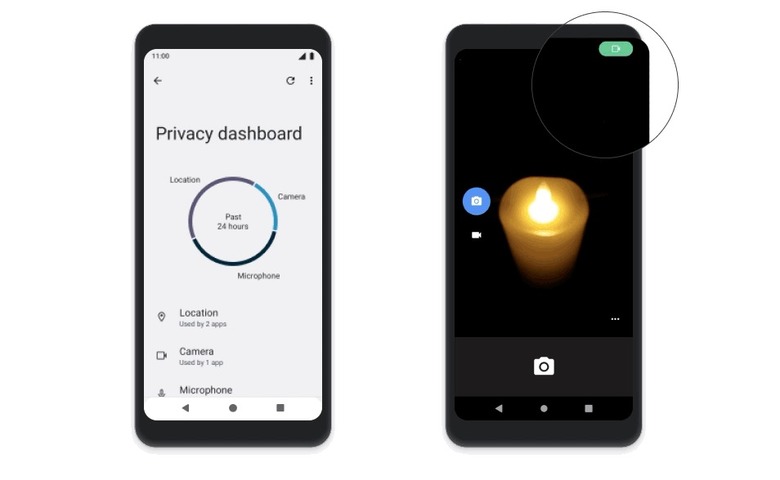These Are Android 12 (Go Edition)'s Headline Features For Cheaper Phones
Android 12 (Go edition) is set to arrive on new smartphones in 2022, but today Google is breaking out some of the Android 12 features which have been cherry-picked for the entry-level handsets. Targeted at those on a smartphone budget, Android (Go edition) launched back in 2017 and is now in active use by more than 200 million each day, Google says, but the promise with the updated version is swifter app launches, more battery life, and smarter functionality.
So, for example, there'll be up to 30% faster app launches, Google promises. The new SplashScreen API – added in Android 12 – will be used for standardized animations, making sure they don't slow access down, and animations in general should be cleaner and less laggy.
As for when you're not using apps, Android 12 (Go edition) will automatically switch them into hibernation. That saves on battery life, since they're not hitting the CPU in the background, and also cuts down demands on storage capacity – it's a bigger deal for Go edition phones, where saving on memory is one way manufacturers trim overall costs. Android pops up a notification if an app has been put into hibernation automatically, and if you don't use an app for a few months it automatically removes its data permissions, has its temporary files wiped, and notifications shut off.

However, the new Files Go app includes the ability to recover files within 30 days. That also means users will be able to restore files they may have deleted to save space.
For data saving, rather than storage, Android 12 (Go edition) taps Nearby Share for an alternative to traditional downloads. If you're downloading an app from Google Play, and it's already available on a nearby device, the phone can use Nearby Share to grab a copy rather than use network data.
Elsewhere, there's the option to put guest profiles on the lock screen, so that they can be more easily accessed. After that, they can be reset back to normal. A privacy dashboard has been added, which shows which apps are using things like the microphone or camera; it's possible to block them from that report, too. A new privacy indicator on the status bar appears when the camera or microphone is being used.
For location, there's now the option to to use an approximate position rather than a precise one. You'll still get things like local weather reports, Google suggests, but without having pinpointed exactly where you are.

Finally, and perhaps most useful, is Android 12 (Go edition)'s new translation features. From the recent apps view, there's an option to translate on-screen content into any language that Google Translate supports. There's also the ability to listen to the latest news.
It's easy sometimes to get distracted by the latest features on the cutting-edge flagship phones, whether they be on-device AI or computational photography. It's arguably much more difficult, however, to distill that functionality into a far more affordable handset, targeting the sort of $100 price point that Google and its manufacturing partners have in mind. There, the constraints of processor, memory, and data networks – both prevalence and price – are more considerable.
Android 12 (Go edition) will begin arriving on new phones in the new year, Google says.
